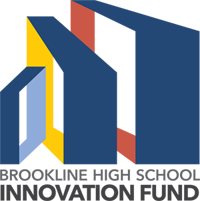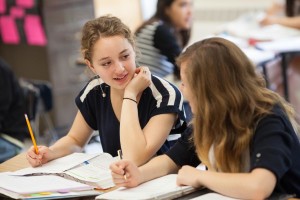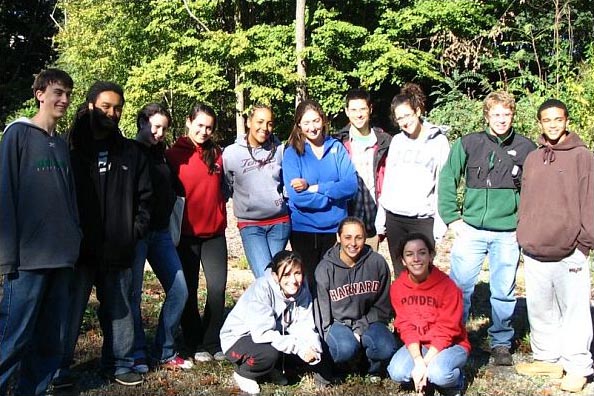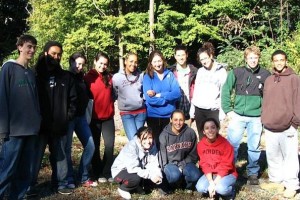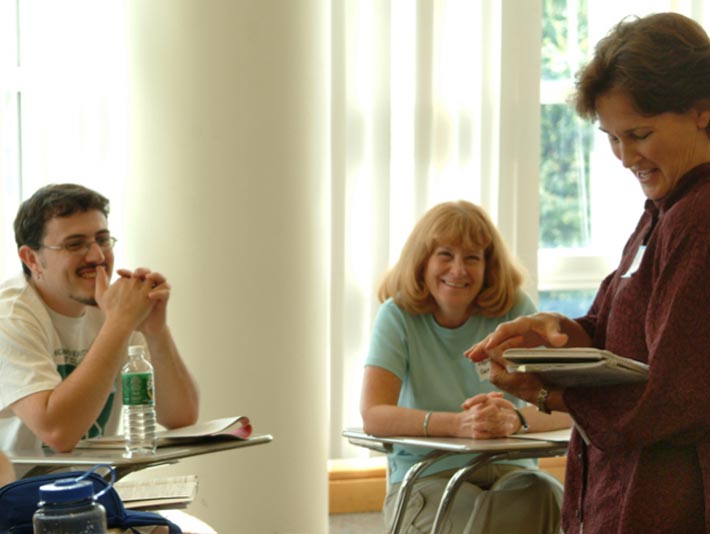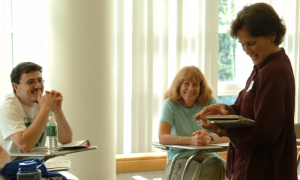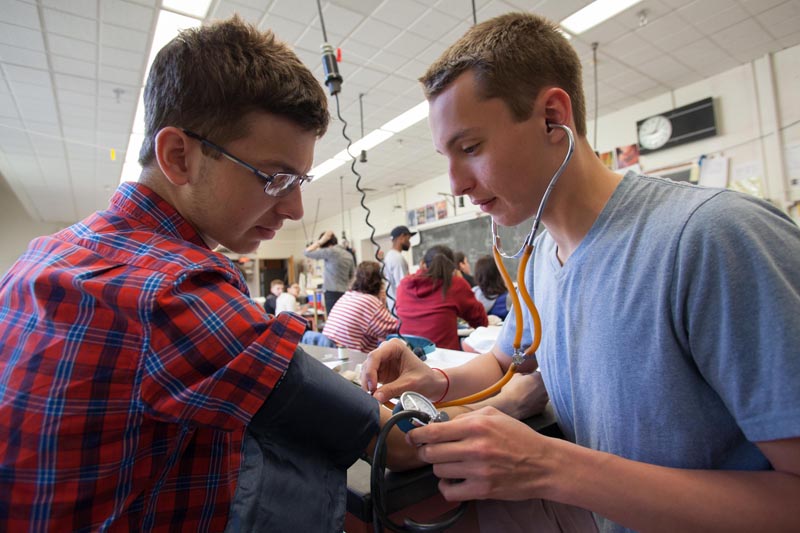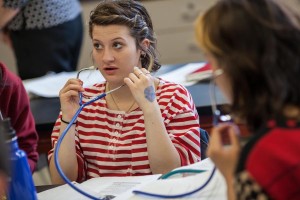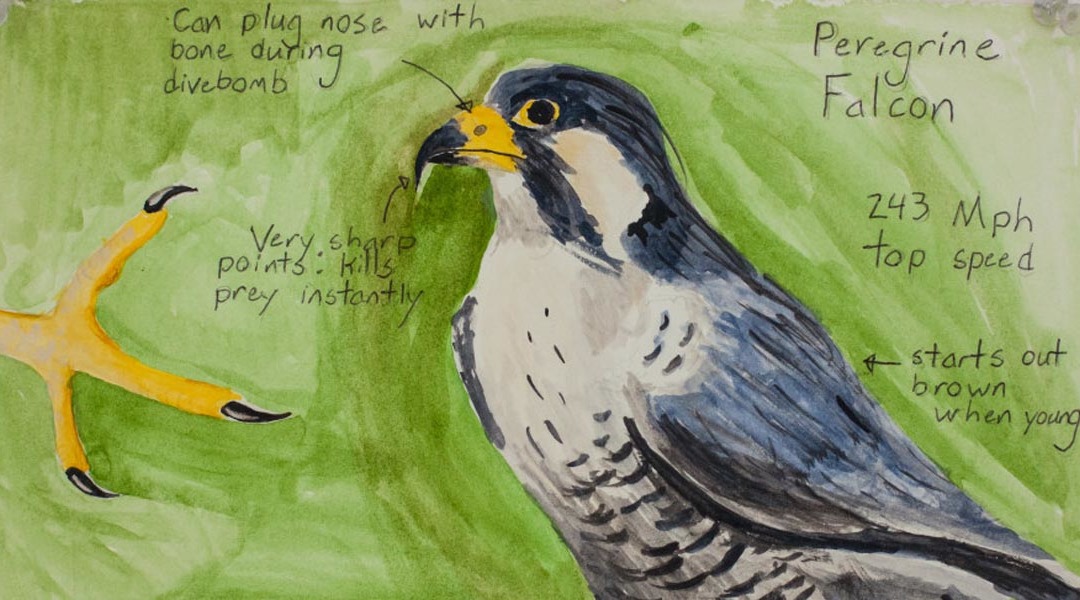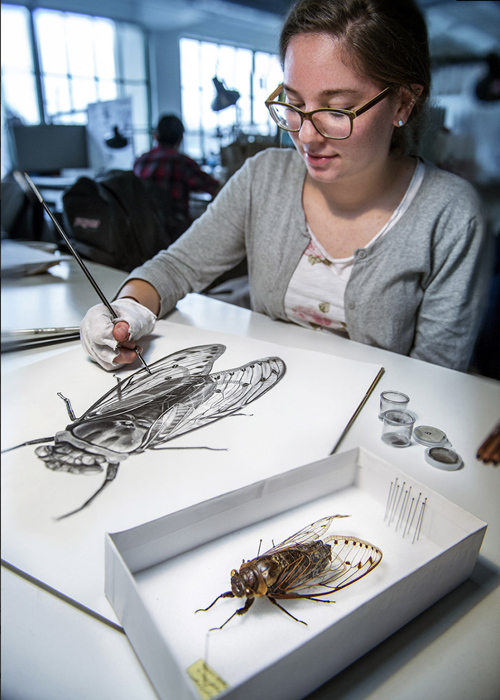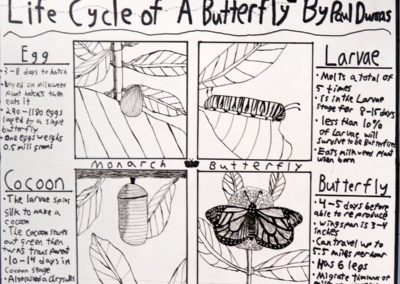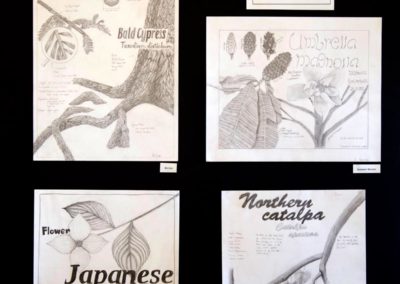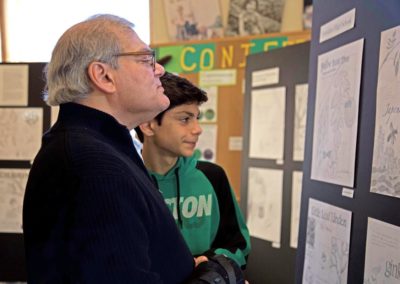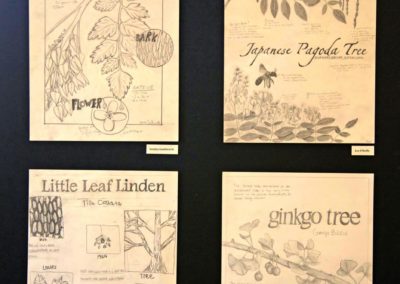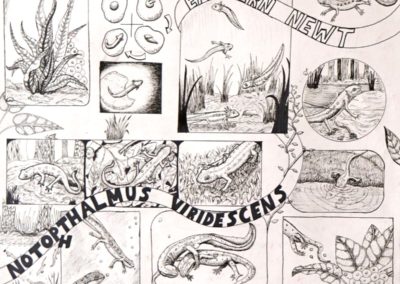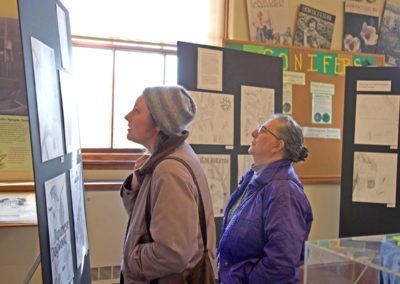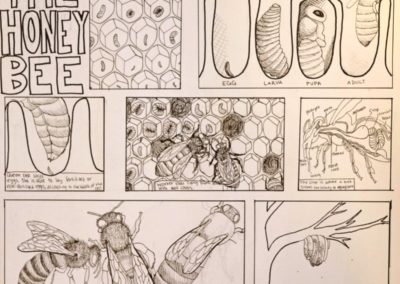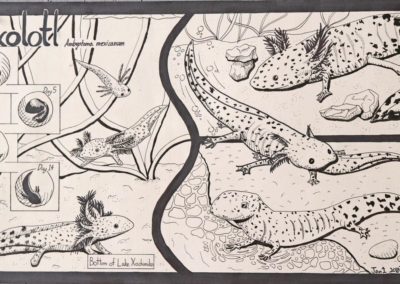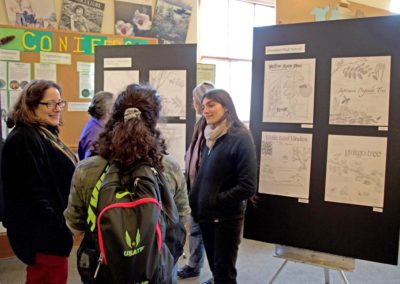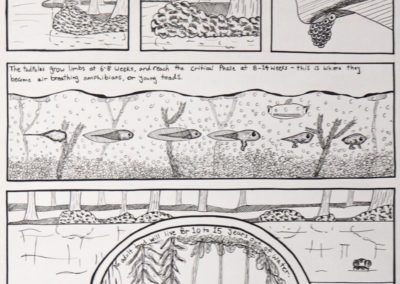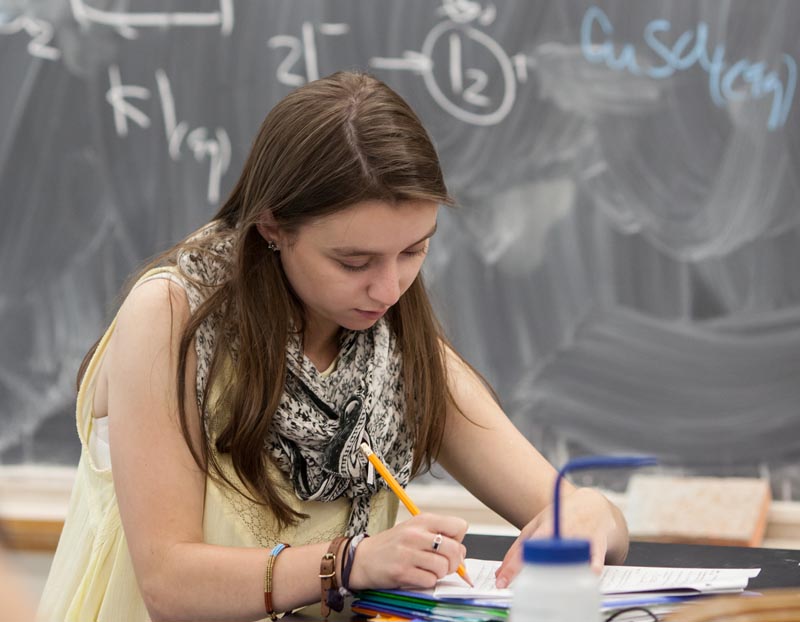
The Ithaka Advisory Program
The Ithaka Advisory Program
Helping students identify their passions and explore resources at BHS to pursue these passions.
Currently over 1800 students / 90 teachers (entire school)
This ambitious program is about personalizing the high school experience in a large public school and about allowing students to identify and pursue their passions to make their journey through high school invigorating and compelling from day one. Inspired by Jim Collins’ best selling organizational management text, Good to Great, a group of veteran teachers and administrators met regularly over the course of two years to research what BHS does well and what it could do better. Through their two years of research and discussion, the group established a set of academic and social “Parameters of Greatness” which would focus the high school’s efforts to improve. These parameters reflect the deepest beliefs of the BHS community regarding the education of its young men and women; they include:
- All students take ownership of their learning;
- All students find, develop, and express strong interests and passions;
- All students achieve success after high school and maintain a commitment to life-long learning;
- All students establish a meaningful relationship with at least one adult in the school;
- All students contribute to their community through responsible citizenship and service; and
- Relationships in our school reflect our diversity.
Background
To realize success in all these parameters, Brookline High School launched the Ithaka Project in 2008 through a small group Advisory program. Advisory is a common practice in elite private schools; Ithaka has brought this best practice — and refined it in the process — to a large public high school, grades 9-12. We call this project “Ithaka” because, like Odysseus’ challenging journey back to Ithaka, it is about the challenging intellectual and social journey that all students take in high school. The Advisory program represents Brookline High’s fundamental beliefs about student academic and social development.
Advisory has created small communities, each of which reflects the diversity of Brookline High, within the larger context of each grade. Advisory groups meet once a week, during Brookline High’s Tuesday 40-minute T block, to learn Brookline High School’s culture and to establish relationships among students and between students and teachers. Each Advisory group is comprised of twenty-four students, three junior-year or senior-year student mentors and a faculty advisor. Advisory groups give the gift of closer relationships with their peers and with faculty advisors. The Advisory program is designed to make students feel safe and valued at BHS, and to impart the message that they can meet the demanding expectations of this intellectual institution. Through Advisory we are saying to the students, “you’re important,” “we care about you,” “you are capable of high quality work,” and “we are here to support you academically, socially, and emotionally.” Advisory discussions and activities cover a wide range of topics including: academic honesty; academic and social decision-making; problem solving; citizenship (how to put into practice BHS’s mantra of “freedom and responsibility”), community service, and “Tell Your Own Story.”
Why This Program is so Important for Brookline Students
Teenagers are in a developmental struggle: they simultaneously want to stand out and they want to belong. The “Tell Your Own Story” segment of Advisory is a structured activity during which students, advisors, and junior/senior mentors write and talk about their lives, cultures and traditions — about who they are, where they come from, and what has helped to shape them. This is an intentional strategy that allows everyone to learn about the richness of our school’s diversity through direct and cooperative experience. Through this curriculum, Advisory groups foster not only an appreciation of our differences but also the realization of the values, interests and concerns that unify us. This culminating stage of Advisory is a celebration of our school’s diversity as well as our essential kinship.
With each new freshman class, a new Advisory community begins, while the previous classes’ Advisory groups continue through their sophomore, junior and senior years. Through their participation in the Advisory program, students develop a sense of commitment to their Advisory groups, their entire class, and BHS as a whole. But even more, they identify their own passions and learn how BHS can help them to pursue them.
The Ithaka Program emerges from concerns in the school community that not all students connect with a BHS faculty member during their high school years, that there is not enough student ownership of learning, and that there are not enough opportunities for some students to develop and express their strong interests and passions. This project is about BHS better fulfilling its mission of reaching all students during their high school years. Public high schools are about all students, not some students. The Ithaka Project is meant to ensure that all students have access to the breadth of resources that Brookline High School has to offer. It personalizes the Brookline High School experience, intellectually and socially. The project encourages all students to reflect on their education at BHS, to identify their passions, and to pursue those passions during their four-year journey through high school and beyond.
